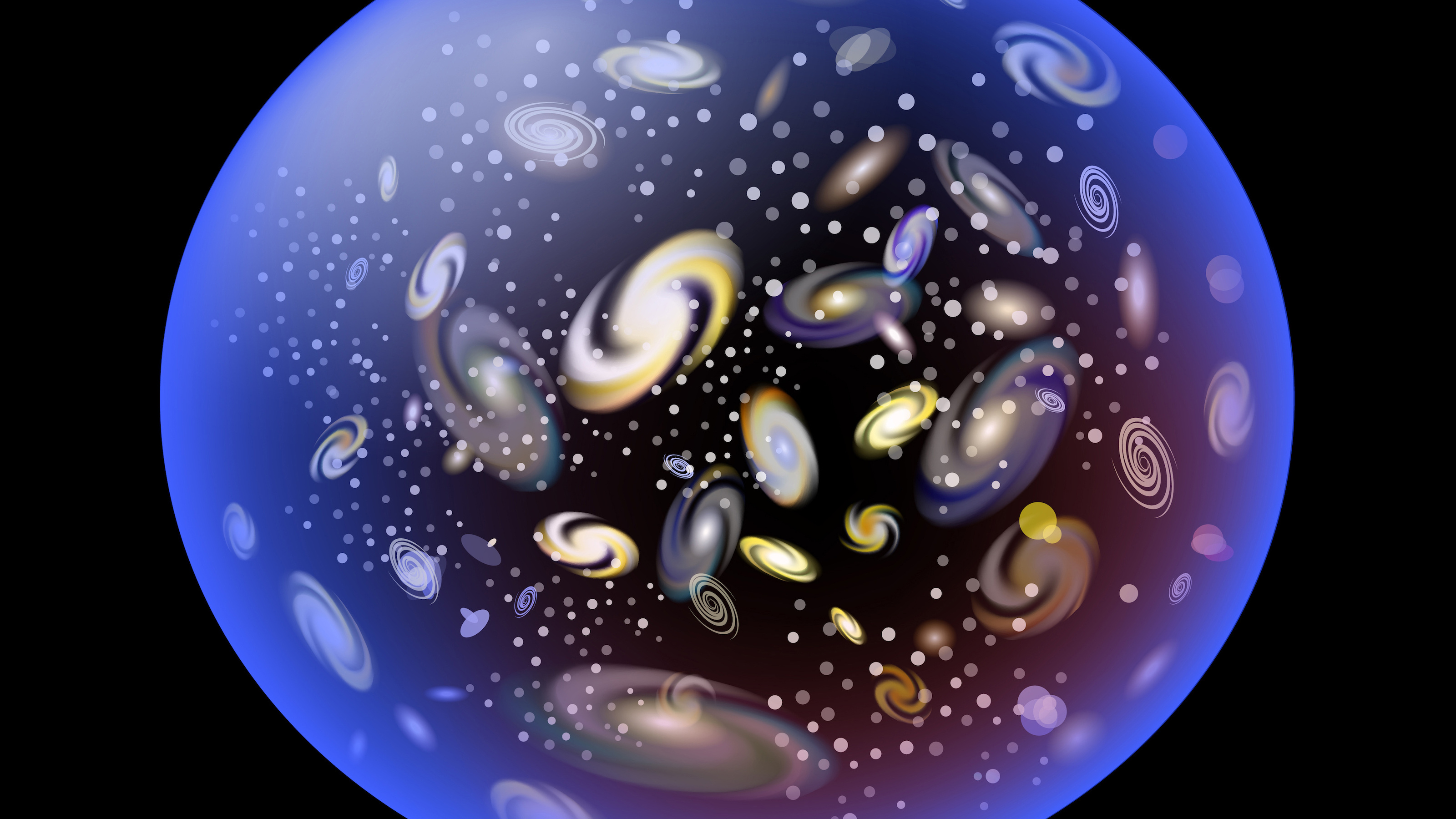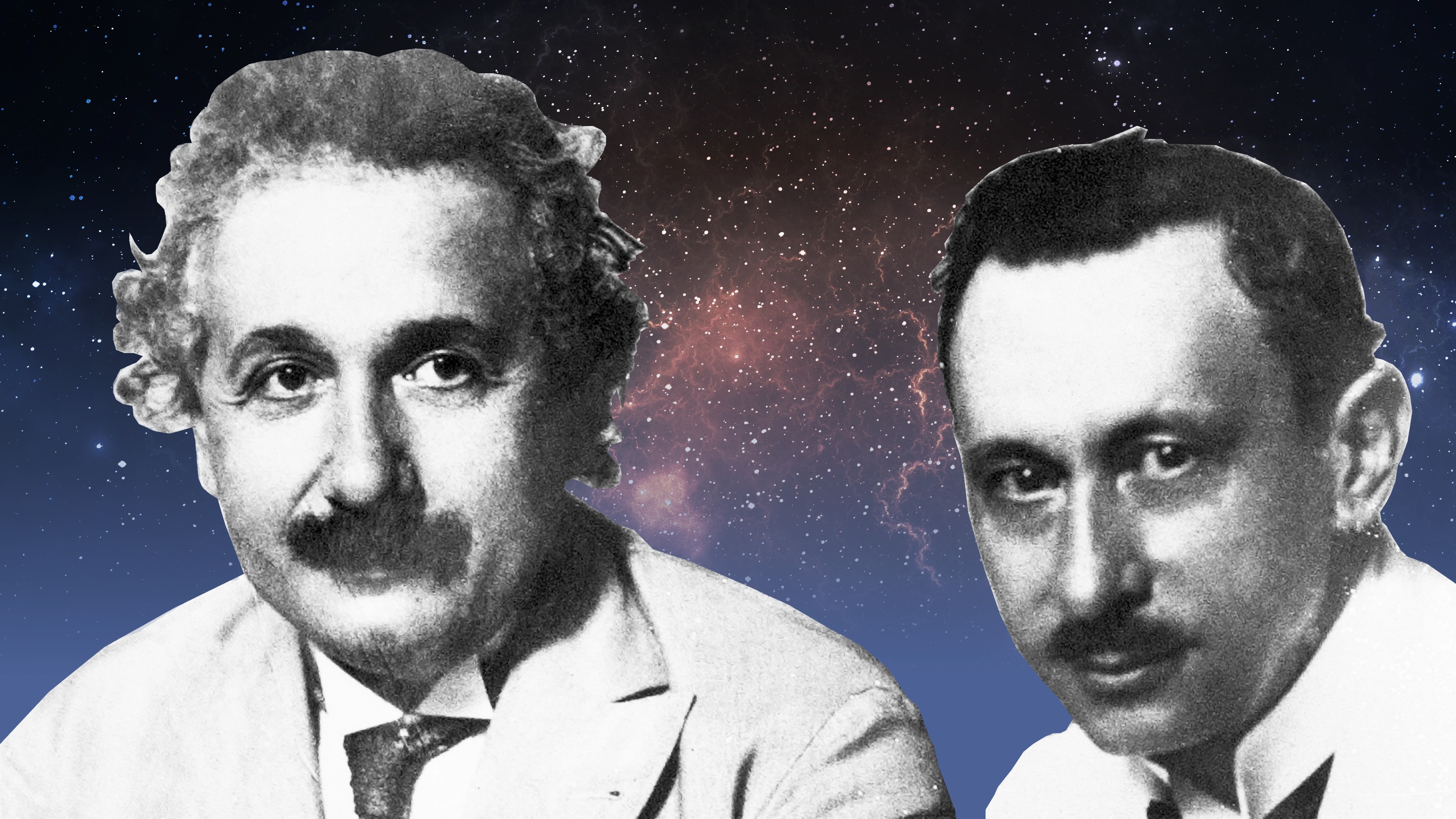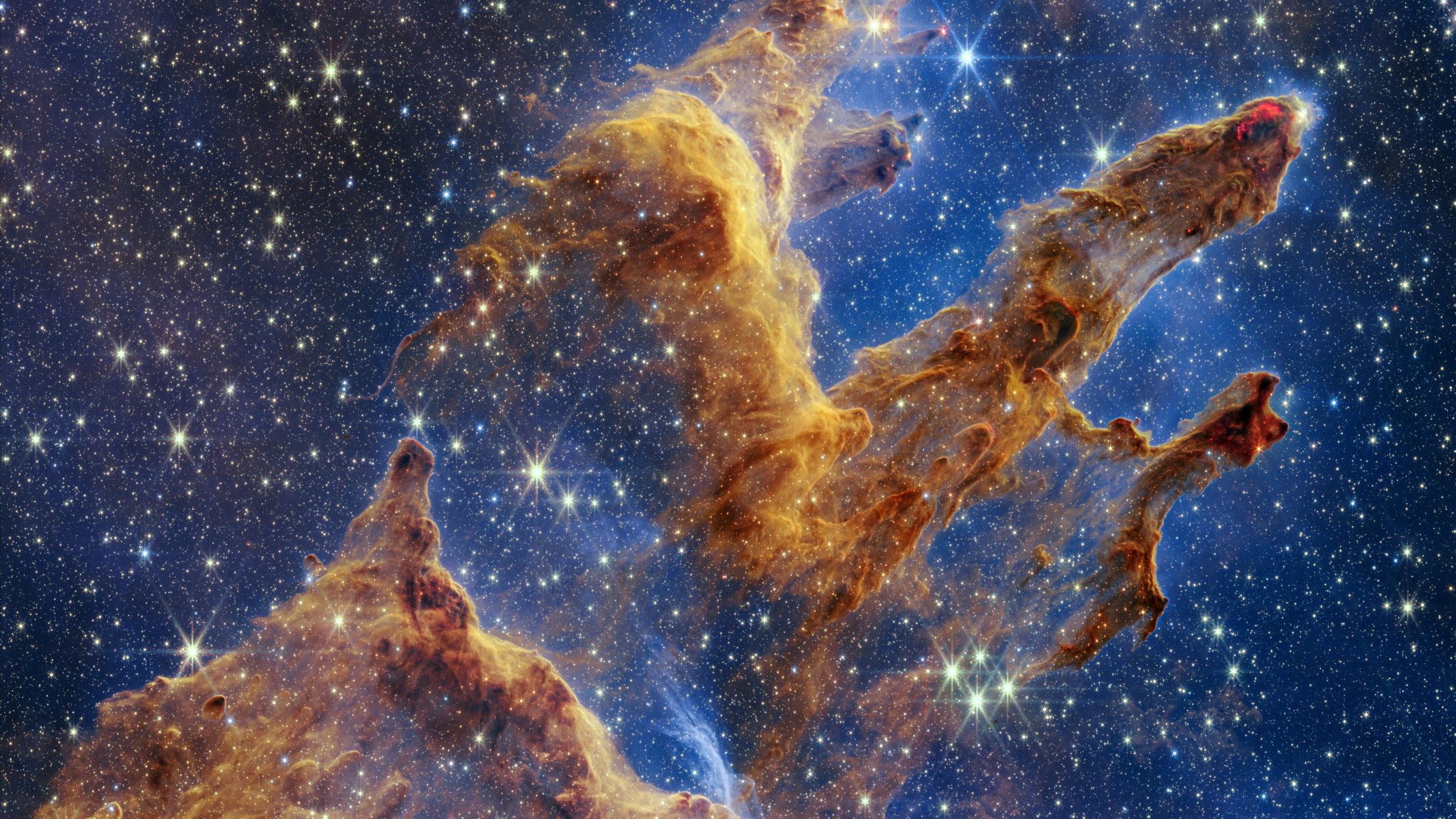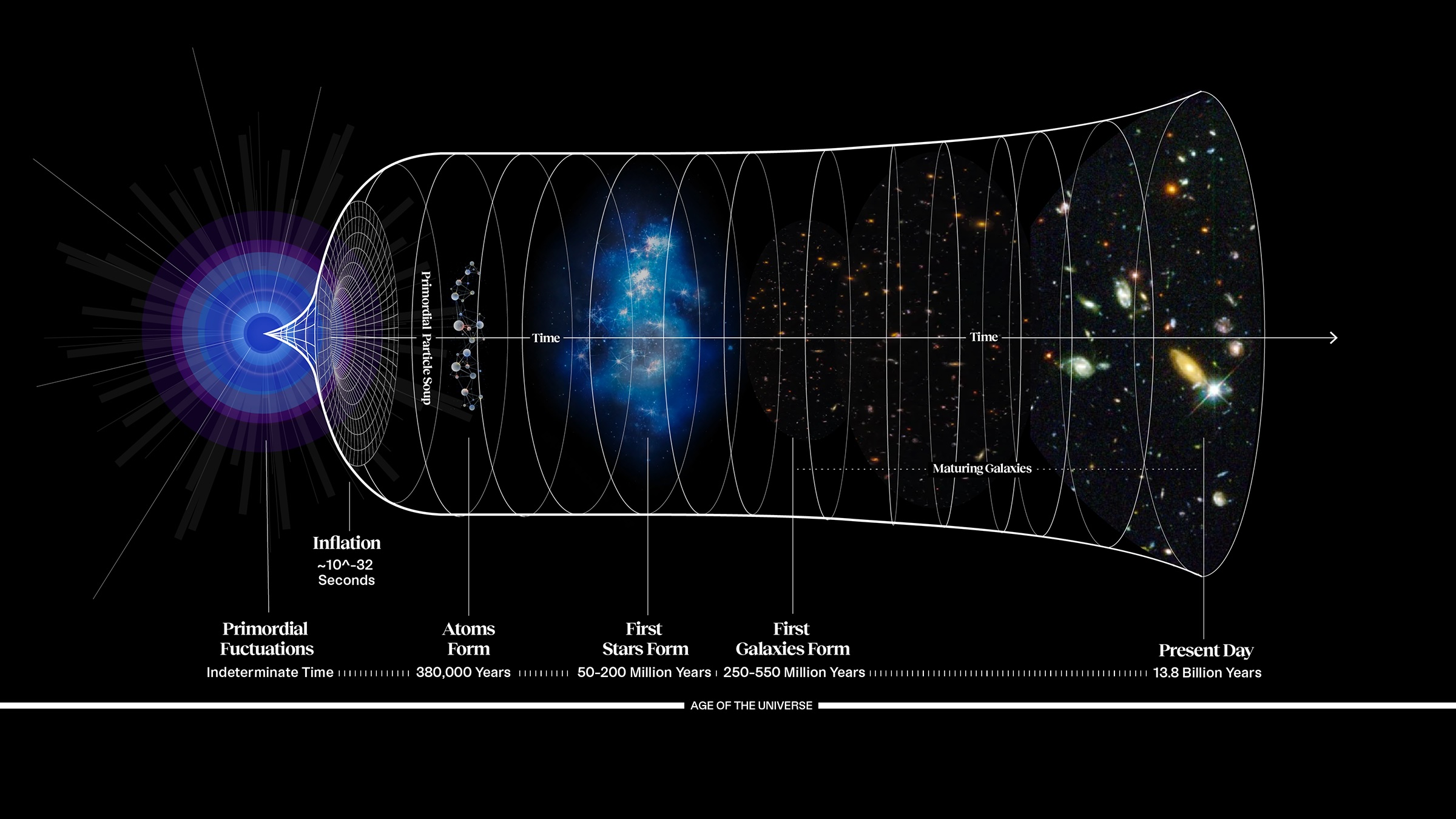Why some cosmologists found the Big Bang offensive
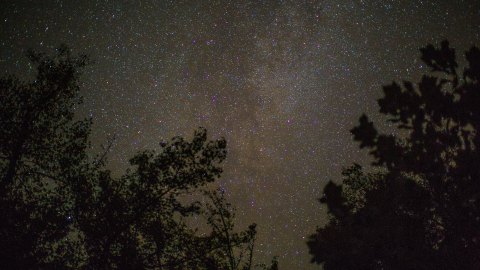
- Today, we speak of the Big Bang model of cosmology, but it was not always so.
- For two decades, the Big Bang model battled against the steady state model. This pitted a Universe with a beginning against an eternal Universe.
- In the absence of data, philosophical prejudice often drives research.
Last week, we discussed the first model for the Big Bang — the primeval atom of Georges Lemaître, a Belgian cosmologist and priest. In 1931, Lemaître suggested that the Universe started with the decay of a giant radioactive atom made mostly of neutrons. Although bizarre, his was the first model that used the cutting-edge physics of the time to propose a beginning of everything. It also inspired the real Big Bang model that would arrive two decades later.
There were many dissenters. Belief in such an event as the beginning of everything, with all its religious connotations, was an idea that many found repugnant. How could a scientific theory of the Universe be based on an event that defied any causal explanation? And why should we assume that the laws of physics were valid in the extreme conditions that surely held in the beginning?
Keeping the Universe steady
Leading astronomer Arthur Eddington, a devout Quaker, tried to get around the creation issue by proposing that “since I cannot avoid introducing this question of a beginning, it has seemed to me that the most satisfactory theory would be one which made the beginning not too unaesthetically abrupt.” [Italics are original.]
Eddington argued that if, in the beginning, matter was distributed with perfect homogeneity in a small volume, it would be impossible to distinguish between “undifferentiated sameness and nothingness.” Evolution in this universe would progress slowly through the growth of small imperfections. Lemaître’s cosmic fireworks were not needed.
Still, setting aside the attempts to defuse the abruptness of an uncaused appearance of the Universe at some instant in the past, evolutionary models of cosmology suffered from another, more immediate problem. Edwin Hubble, who had discovered the expansion of the Universe in 1929, had measured the Universe to be younger than the Earth. How could the daughter be older than the mother of everything?
The combination of a general philosophical distaste for a universe with a beginning and Hubble’s conflicting age measurements led a trio of young British physicists to propose a completely different model for the Universe. In the so-called steady state model of cosmology, the Universe has overall always been the same, having no beginning or end in time. It was a universe of being, with no abrupt origin anywhere in the distant past. The motivations that led the British trio to propose the steady state model were rooted in an aversion to a creation event and to change. Although the model is long discredited, its brief life provides us with some important pointers to the development of physical cosmology.
Just three atoms of hydrogen
In 1948, Thomas Gold and Hermann Bondi, and independently Fred Hoyle, all from the University of Cambridge in England, published papers describing a new cosmological theory without any creation event. Although some of the details in the two papers are very different, they are often taken as setting out the steady state school of thought.
The physicists proposed an extension of Einstein’s cosmological principle called the perfect cosmological principle, where the Universe was not only the same everywhere in space, but also forever in time. Hubble’s measurements did not create an age problem, because the Universe was infinitely old. To make their model viable, they had to somehow accommodate the observed recession of galaxies.
As the Universe expands it thins out — less and less matter occupies a given volume. This thinning-out implies that the older the Universe is, the less dense it gets, the trademark of any evolutionary cosmology. However, in the steady state model the Universe cannot thin out, as this represents change. To address this, Bondi, Gold, and Hoyle proposed that as the Universe expanded and thus thinned out, more matter was created to fill in the gaps in such a way that matter density remained constant. That’s why the model is called steady state: Newly created matter keeps the balance intact.
An analogy might help. Imagine you filled up your bathtub with water. Now pull the plug and let the water go down the drain. You can measure how fast the water is going down the drain by following the water line on the bathtub. If you turn on the faucet in such a way that the exact amount of water being drained is also being poured back into the tub, you will achieve a steady state situation. As long as your water supply lasts, the level of the water in the bathtub will remain constant.
You may be wondering where the extra matter is coming from. Would this model not violate the sacred law of energy conservation? The British trio was well aware of this problem. They astutely replied that we can only infer that energy is conserved by making measurements. Since every measurement has a limited accuracy, how do we know if energy is truly, exactly conserved? In fact, we cannot. All we can state is that to the best accuracy available to our instruments, the total energy in a given physical system is conserved.
When you put numbers into how much matter must be spontaneously created to keep the Universe in a steady state, you come up with the absurdly small rate of about three atoms of hydrogen per cubic meter per million years. No one could possibly measure a violation of energy conservation at this level. Also, the trio would ask, is the continuous creation of matter conceptually any worse than the abrupt creation of the Universe?
At about the same time the steady state model was proposed in England, the brilliant Russian-American physicist George Gamow was considering what would happen to matter if the Universe in its infancy really was compacted into a small volume. He reasoned, correctly, that when you squeeze matter, the temperature and pressure increase, and the bonds that keep stuff together eventually break. In that case, early on, the stuff filling up space would be like a primordial soup of particles. Soon, Gamow would recruit two graduate students to calculate in detail what that meant for the history of the early Universe. The results became what we now call the Big Bang model of cosmology, Lemaître’s direct heir.
Hoyle and his Cambridge colleagues were vocal opponents of this model. The battle between a universe of being (steady state) and a universe of becoming (Big Bang) had begun in earnest, only to end in the mid-1960s. As it should be in science, data had the last word.
